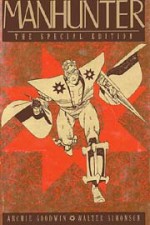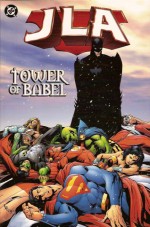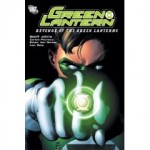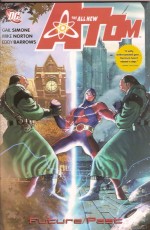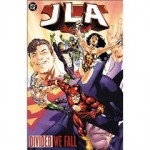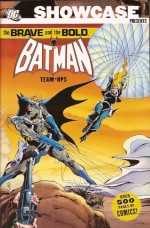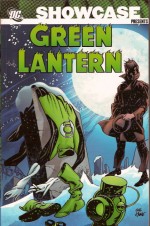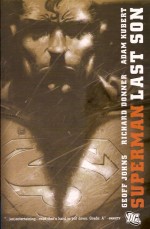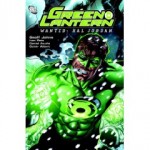
By Geoff Johns, Ivan Reis, Daniel Acuña & Oclair Albert (DC Comics)
ISBN13: 978-1-4012-1590-3
With the series well on its way after his turbulent resurrection in Green Lantern: Rebirth this fourth collection continues to build towards the cosmic spectaculars that seem to dominate the modern comics scene: in this case the Sinestro Corps War and Blackest Night.
Collecting issues #14-20 of the monthly comicbook, all the stories are as usual, written by Geoff Johns and the drama starts with the eponymous title feature. ‘Wanted: Hal Jordan’ by Ivan Reis and Oclair Albert picks up a storyline begun during the previous volume (Green Lantern: Revenge of the Green Lanterns). Throughout the previous year many countries enacted new laws against metahumans – good, bad or undecided – and due to increased geo-political tensions Hal Jordan had rejoined the US Air Force.
He and fellow pilots Jillian “Cowgirl†Pearlman and Shane Sellers were shot down by Chechnyan rebels over Russian airspace, captured and tortured before escaping. When “intel†reveals the torturers have resurfaced, the still-traumatised Green Lantern once more invades Russian territory to confront them, but anticipated vengeance turns to a rescue mission when he finds that Cowgirl has already found them and been shot down again. As the forces of an enraged and extremely belligerent Russia attack the Emerald Invader, so too do a host of alien bounty-hunters who have been secretly stalking the hero since his return…
The carnage escalates as the Justice League and other American heroes try to stop Jordan before an international incident becomes a global catastrophe, whilst behind the scenes an old foe is finally making his long-laid plans a terrifying reality…
Taut, visceral and satisfyingly complex, this tale is a prelude to the aforementioned Sinestro Corps War, and features one of the very best cameo Batman “moments†in recent memory.
The volume continues and concludes with a three-part tale illustrated by the wonderful Daniel Acuña which sets up threads for the mega-crisis after the Sinestro shenanigans (now that’s confident forward planning!). ‘The Mystery of the Star Sapphire’ re-examines and clarifies the history and methodology of the alien Zamarons (who older fans will recall are an all-female off-shoot of the Guardians of the Universe) and the purple energy-stone that periodically possessed GL’s old girlfriend Carol Ferris.
After returning to Earth and initially re-absorbing Ferris that pesky jewel jumps ship to what it thinks is Jordan’s latest flame, Cowgirl Pearlman, culminating in a spectacular, breathtaking power-duel that also lays the groundwork for much of the Blackest Night saga.
Combining big-picture theatrics with solid characterisation Green Lantern is the perfect contemporary superhero series, vast in scope, superb in execution and blending just the right amounts of angst, gloss and action in the storytelling mix: but a basic familiarity with DC/Green Lantern history is advisable.
Perhaps you’d best review some of the earlier graphic novel collections and wonderful Showcase Presents editions before tackling this little gem…
© 2006, 2007 DC Comics. All Rights Reserved.

